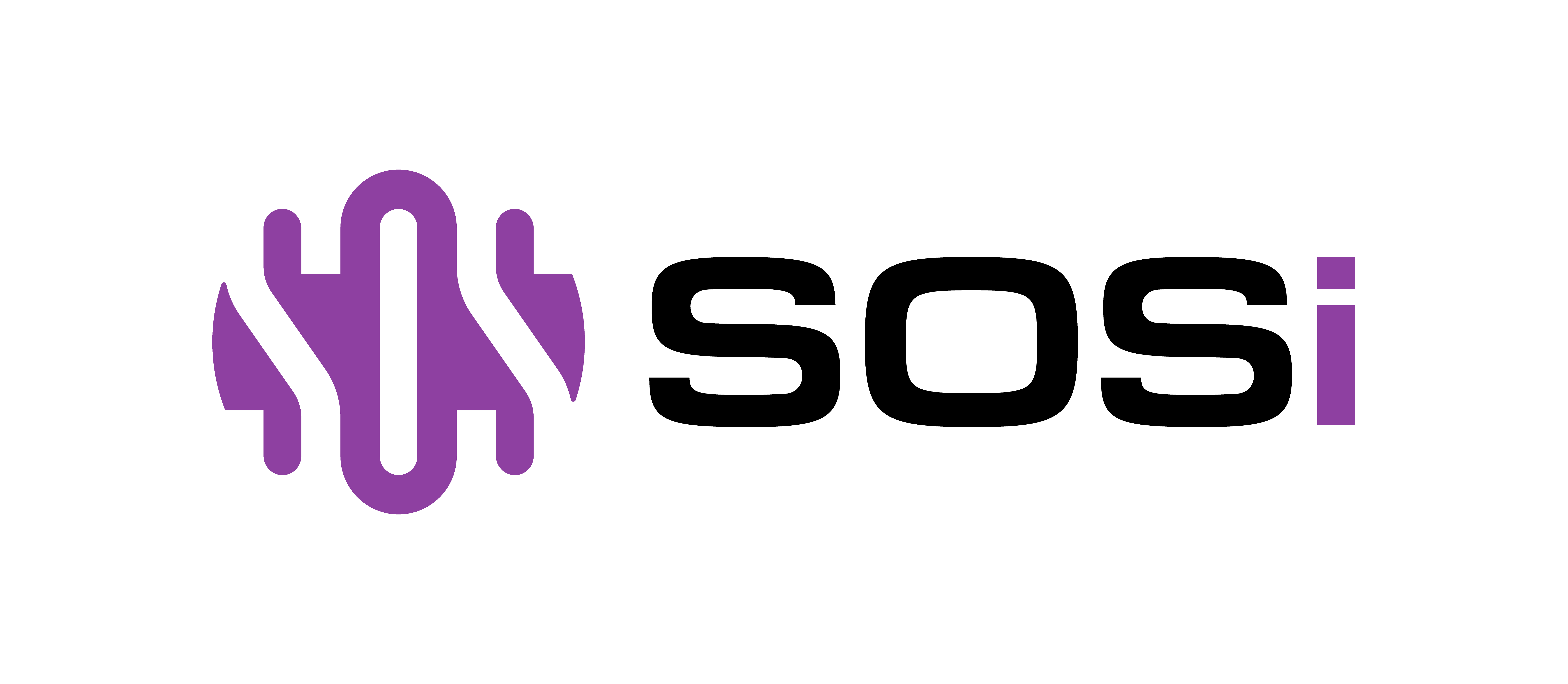

By Sean Paul, SOSi Senior Cybersecurity Engineer
Artificial intelligence (AI) has rapidly demonstrated its worth in almost every facet of our lives. Consumer products are riddled with AI features and enhancements, and large language model (LLM) applications like ChatGPT, Microsoft Copilot, and Google Gemini are now routinely powering everything from daily tasks to complex problem-solving for millions of users worldwide.
Likewise, AI stands out as a powerful tool with the potential to revolutionize government operations. But like any transformative technology, it comes with its share of challenges and concerns. The U.S. government grapples with issues ranging from data privacy and security to ethical implications and workforce impacts, as outlined in reports from organizations like the National Security Commission on Artificial Intelligence and the U.S. Government Accountability Office. The challenge? Addressing these concerns, while harnessing AI’s potential, is crucial for successful implementation in government processes.
As we’ve seen with innovations throughout history, initial skepticism often gives way to widespread adoption and integration into our daily lives. In the 19th century, government officials and medical professionals warned against using a new invention: the bicycle. According to an 1894 article in The New York Times, riding a bike would lead to “a weakness of mind, general lunacy, and homicidal mania.”
Today, we find ourselves at a similar crossroads with AI in government. While some level of skepticism is prudent, it’s important that we find ways to implement AI technologies into our processes — or risk being bested by our equally innovative adversaries.
The key to successful implementation lies in establishing robust data governance practices and grounding AI systems in secure, well-defined parameters. Let’s explore some best practices for integrating AI into government operations while maintaining data security and integrity:
-
- 1. Implement Strong Data Governance
The foundation of any successful AI implementation is a solid data governance framework. This involves:- • Tagging and earmarking data for specific access levels
• Implementing role-based access controls
• Ensuring that sensitive information is only accessible to authorized personnel
- • Tagging and earmarking data for specific access levels
- By establishing these practices, we create a secure environment where AI can operate without compromising sensitive government data.
- 1. Implement Strong Data Governance
-
- 2. Grounding Your AI
Once your data governance is in place, it’s crucial to properly ground your AI systems. This means:- • Restricting AI access to only the necessary data sets
• Defining clear boundaries for AI operations
• Ensuring AI tools are used as intended, without overstepping their designated roles.
- • Restricting AI access to only the necessary data sets
- For example, an AI system used by a business development team should only have access to relevant financial data, not the entire organization’s financial records.
- 2. Grounding Your AI
-
- 3. Understand Different AI Types
While a deep dive into AI types is beyond the scope of this article, it’s important for government leaders to have a basic understanding of the AI tools at their disposal. This knowledge helps in making informed decisions about which AI solutions are appropriate for specific tasks and how to implement them securely.
- 3. Understand Different AI Types
-
- 4. Emphasize AI as a Tool, not a Replacement
It’s crucial to remember that AI is not about replacing human workers or decision-makers. Instead, it’s a powerful tool that enhances human capabilities, allowing us to work more efficiently and effectively. AI should be integrated in ways that augment existing processes and empower organizations to better serve their missions.
- 4. Emphasize AI as a Tool, not a Replacement
-
- 5. Learn from Existing Models
As we implement AI in government, we don’t need to reinvent the wheel. Many organizations, including SOSi, and some of our partners have already developed frameworks for secure AI integration. By studying these existing models and adapting them to our specific needs, we can accelerate adoption while benefiting from lessons already learned.
- 5. Learn from Existing Models
At SOSi, we’re actively working on these principles across various government missions. From enriching data for multiple Elastic SIEM instances for the Mission Partner Environment (MPE) in the INDOPACOM region to supporting the Missile and Space Intelligence Center (MSIC) in Huntsville, Alabama, we’re applying these best practices to ensure secure and effective AI integration.
As the government moves forward, it’s important to recognize that while AI may seem new and perhaps intimidating, it’s simply the next step in our technological evolution.
By implementing these best practices and approaching AI integration thoughtfully, the government can harness its power to enhance government operations, improve efficiency, and better serve mission needs.
In the grand tapestry of technological progress, AI in government isn’t just the next thread — it’s the loom that will weave a smarter, more agile future for all.

